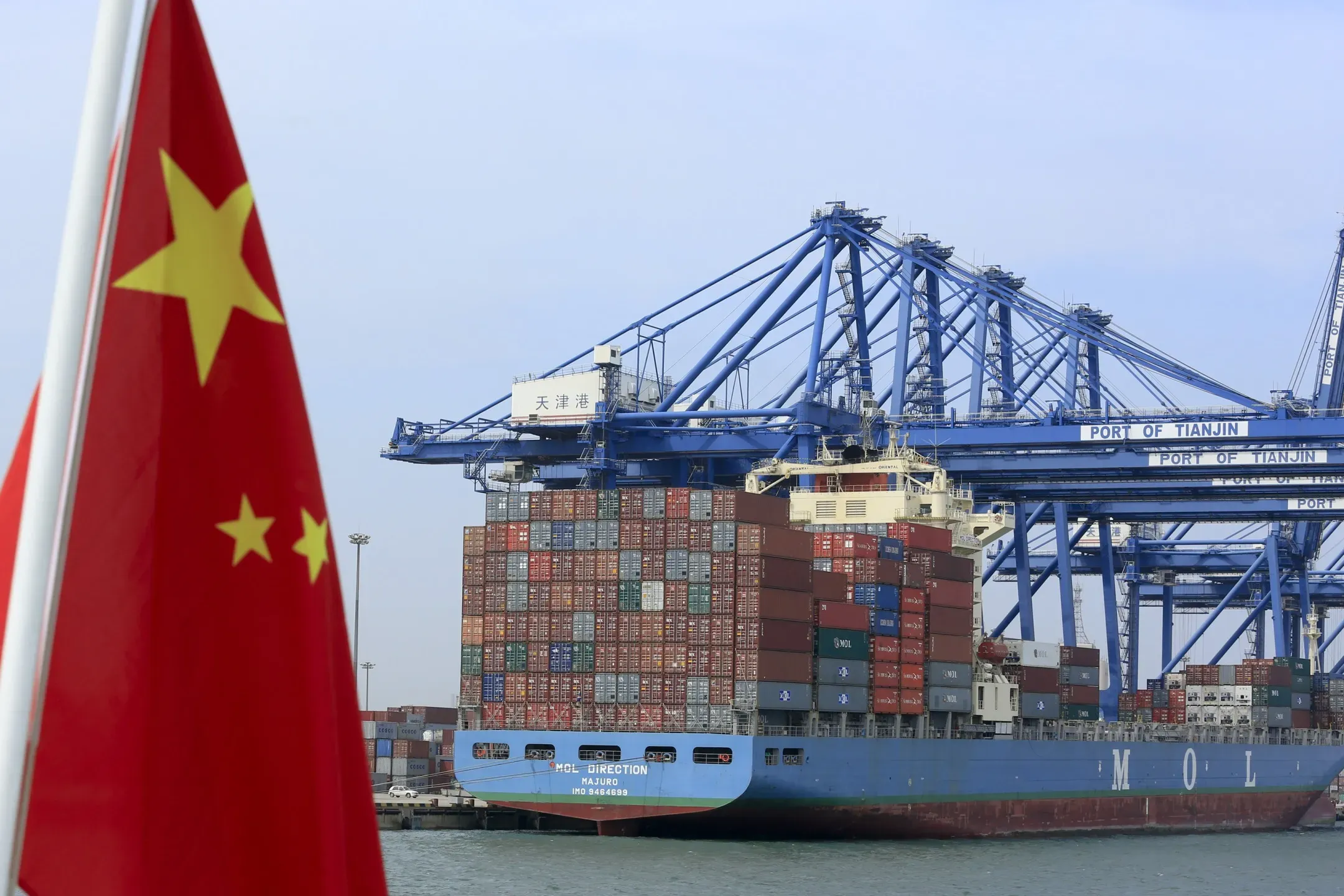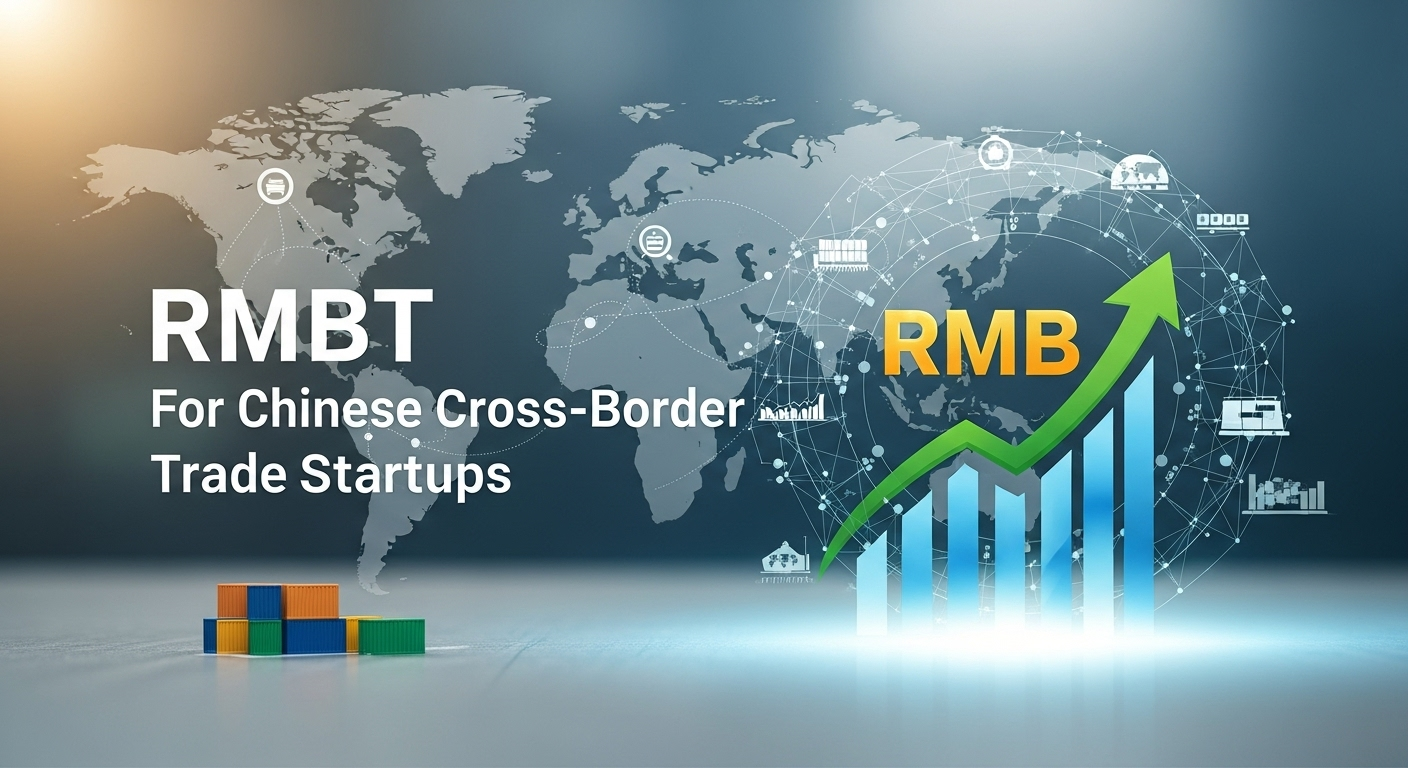Digital Trade Platforms Drive Cross-Border E-Commerce Growth in China

Introduction
China’s cross-border e-commerce market has experienced rapid growth over the past few years, driven in large part by innovative digital trade platforms. These platforms are reshaping how small and medium-sized enterprises (SMEs) and startups engage with international buyers, streamlining logistics, payment processing, and regulatory compliance. By offering scalable solutions, digital trade platforms have enabled companies to expand globally without significant upfront investment, opening opportunities for SMEs to compete on a global stage.
Emerging Platforms and Market Players
Several emerging platforms are leading this transformation, providing end-to-end solutions for cross-border trade. Platforms like JD Worldwide, Kaola, and specialized B2B marketplaces integrate e-commerce functionalities with logistics, digital payments, and customs clearance. These platforms reduce the complexity of international transactions, allowing SMEs to focus on product quality, marketing, and customer engagement.
Industry analysts note that China’s cross-border e-commerce revenue surpassed $350 billion in 2024, with SMEs contributing nearly 60 percent of total transactions. The growth is fueled by increasing consumer demand in Southeast Asia, Europe, and North America, as well as improvements in digital infrastructure, such as cloud-based marketplaces and AI-driven recommendation engines.
Impact on SMEs and Export Startups
Digital trade platforms have significantly lowered entry barriers for SMEs. Previously, international trade required substantial capital for market research, regulatory compliance, warehousing, and distribution networks. Platforms now provide integrated services, including:
- Logistics and Fulfillment: Partnering with global couriers and local fulfillment centers to ensure timely delivery.
- Payment and Currency Conversion: Handling cross-border transactions with multiple currencies and secure payment gateways.
- Regulatory Compliance: Facilitating customs documentation, tariffs, and product certifications.
- Market Insights: AI-driven analytics help businesses identify demand patterns, pricing strategies, and competitive landscapes.
These services have enabled startups to scale quickly, test new markets, and expand their export footprint without the risks traditionally associated with international trade.

Technological Advancements Driving Growth
AI and machine learning are increasingly integrated into digital trade platforms to optimize user experience and operational efficiency. Algorithms analyze buyer behavior, forecast demand, and recommend inventory adjustments. Predictive analytics help SMEs manage stock levels, reduce overproduction, and minimize shipping delays.
Blockchain technology is also emerging as a tool to enhance supply chain transparency. By providing immutable records of shipments, payments, and product provenance, blockchain ensures accountability and reduces fraud in cross-border transactions. These technological advancements collectively improve the reliability, efficiency, and scalability of digital trade platforms.
Policy Support and Regulatory Framework
China’s government has actively supported the growth of cross-border e-commerce. Policies include export tax rebates, simplified customs procedures, and the establishment of e-commerce pilot zones in cities such as Hangzhou, Shenzhen, and Guangzhou. These initiatives aim to promote trade, support SMEs, and attract foreign investment.
Additionally, bilateral trade agreements and digital trade regulations with partner countries help reduce friction in international transactions. Platforms that integrate these policies into their workflows enable businesses to navigate complex regulatory environments with ease.
Economic Implications
The expansion of digital trade platforms has contributed to job creation, increased SME competitiveness, and accelerated technology adoption. Export-oriented SMEs benefit from enhanced access to international markets, resulting in higher revenue, improved brand recognition, and expanded product offerings.
Analysts note that startups leveraging digital trade platforms are more resilient in volatile global markets due to their ability to adapt quickly, diversify customer bases, and respond to changing demand. The ecosystem also encourages innovation in logistics, digital marketing, and product development, supporting sustainable economic growth.
Challenges and Considerations
Despite rapid growth, challenges remain. SMEs may face competition from larger players who have better resources and brand recognition. Data privacy, cybersecurity, and cross-border regulatory compliance are ongoing concerns that platforms must address.
Currency fluctuations, shipping costs, and geopolitical factors can also impact cross-border trade profitability. Companies relying on digital platforms must develop risk management strategies, including diversification of markets, hedging against currency risks, and maintaining flexible supply chains.
Future Outlook
The cross-border e-commerce sector is expected to continue expanding, with digital trade platforms playing a central role. Advancements in AI, blockchain, and cloud computing will further streamline operations, enhance transparency, and improve customer experience. SMEs and startups that adopt these platforms early are likely to gain a competitive advantage in emerging international markets.
Experts predict that by 2026, China’s cross-border e-commerce market could exceed $500 billion, with SMEs and startups representing an increasingly significant portion of transactions. Continued government support, technological innovation, and strategic partnerships will reinforce the growth trajectory.
Conclusion
Digital trade platforms are transforming China’s cross-border e-commerce landscape, enabling SMEs and startups to expand globally with unprecedented ease. By integrating logistics, payment processing, regulatory compliance, and AI-driven insights, these platforms reduce barriers and increase operational efficiency. As technology and government support continue to evolve, China’s SMEs are well-positioned to capture international market opportunities, driving economic growth and innovation across the digital trade ecosystem.






